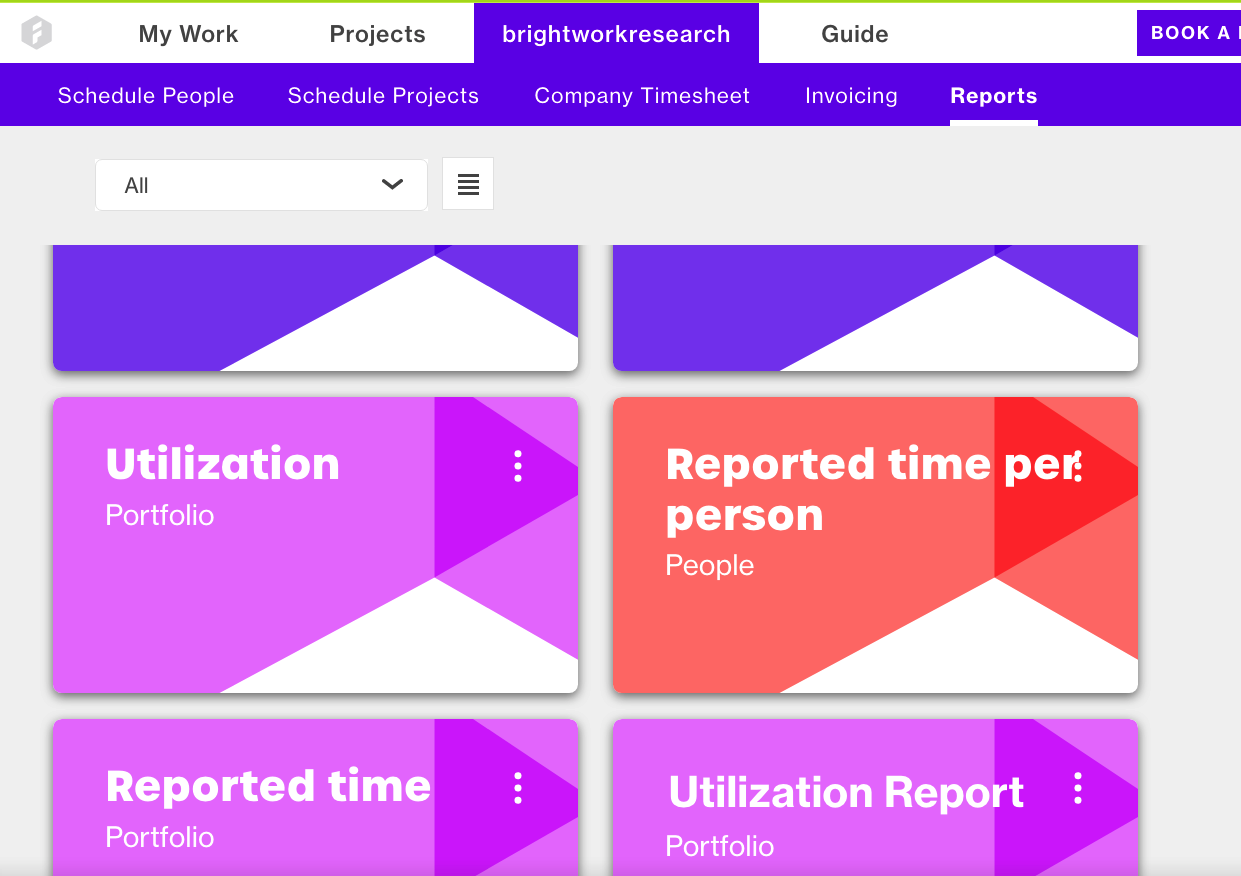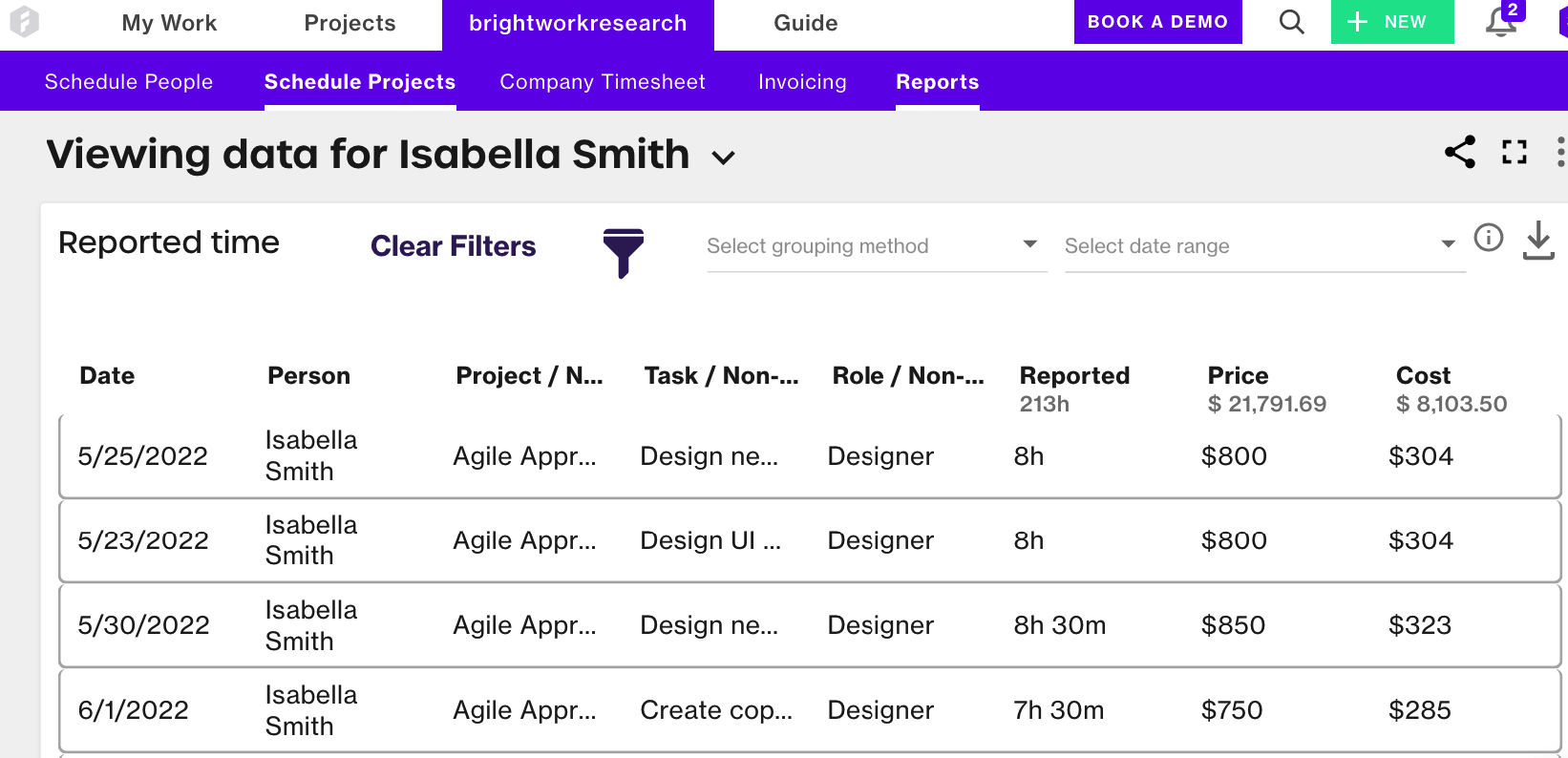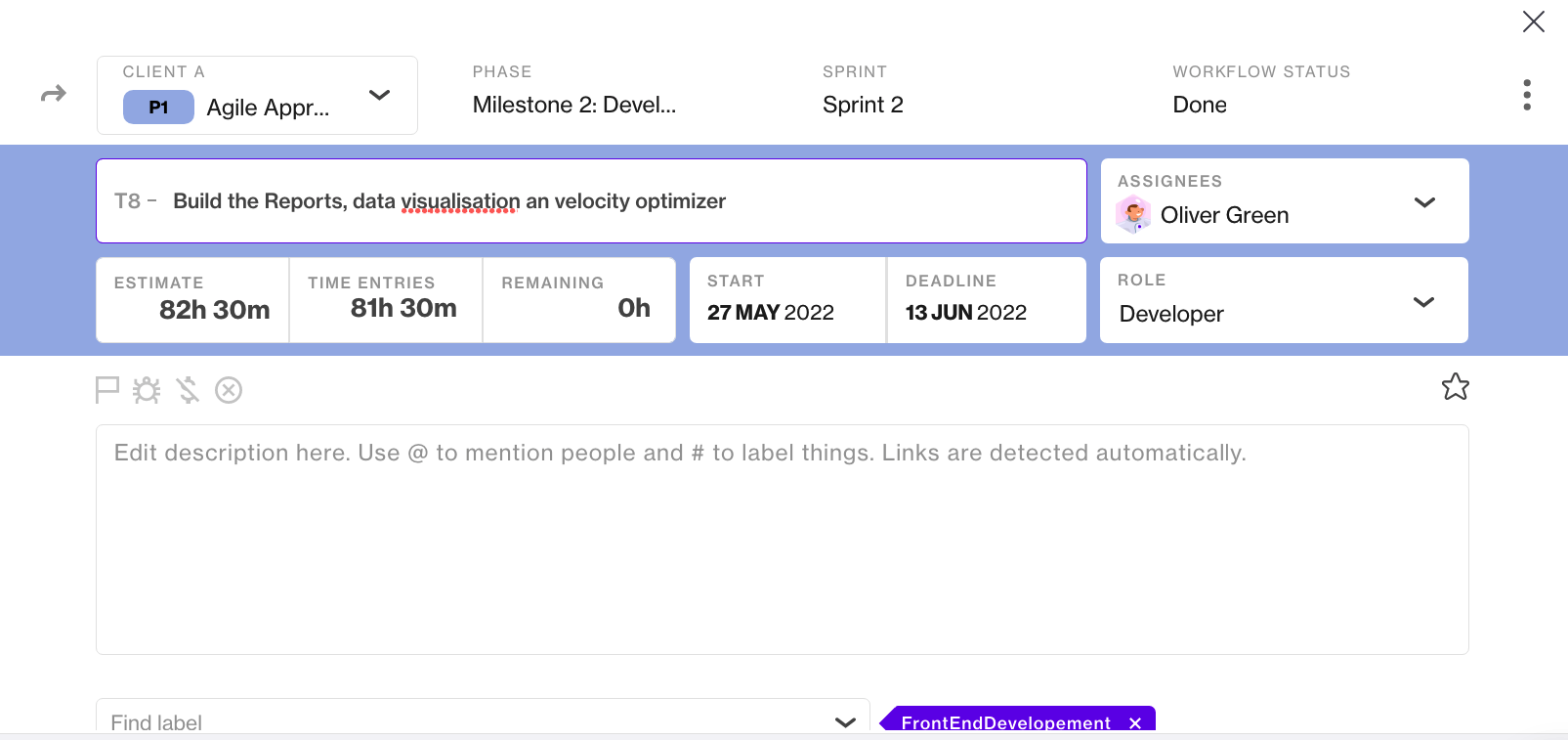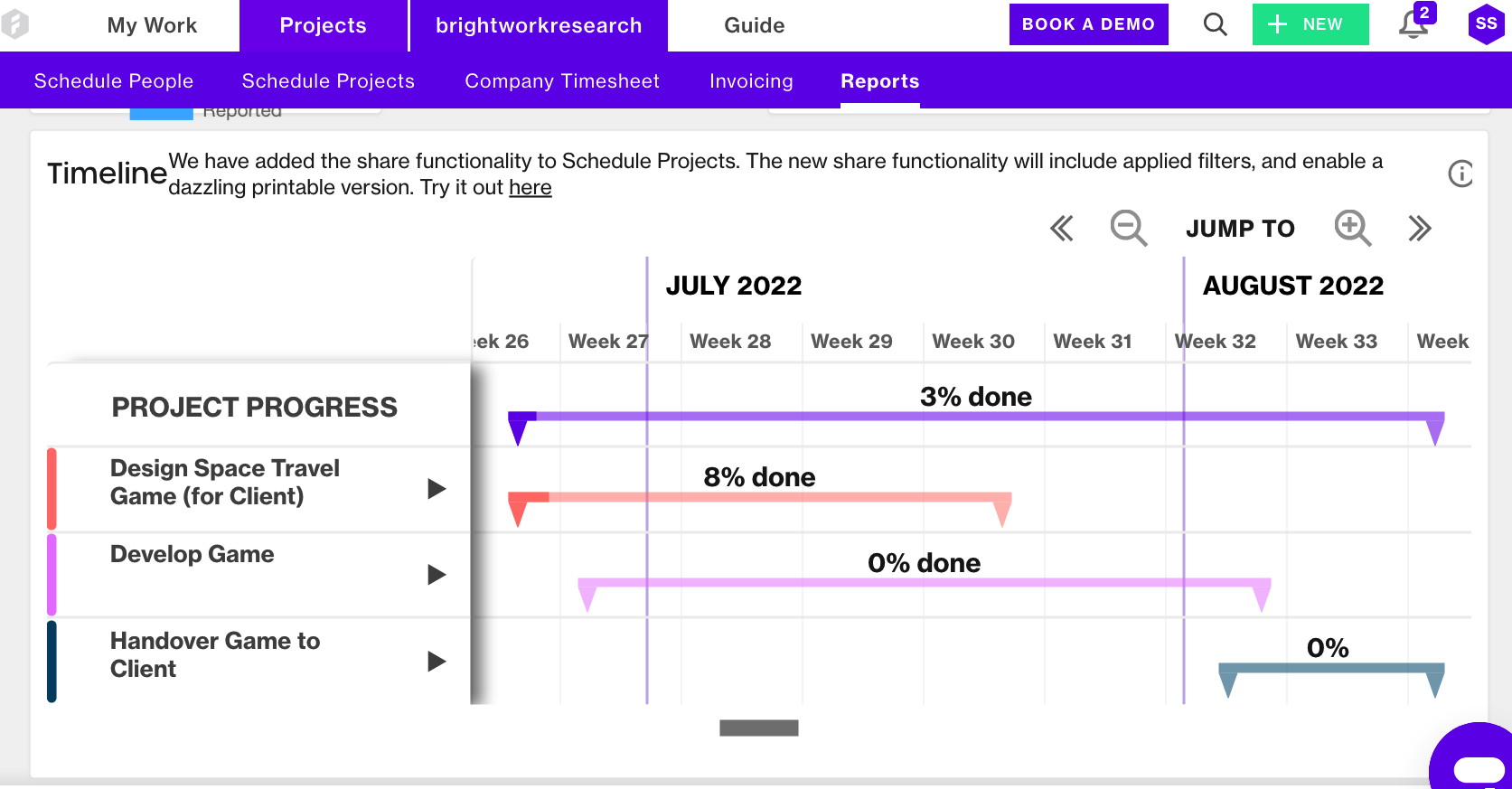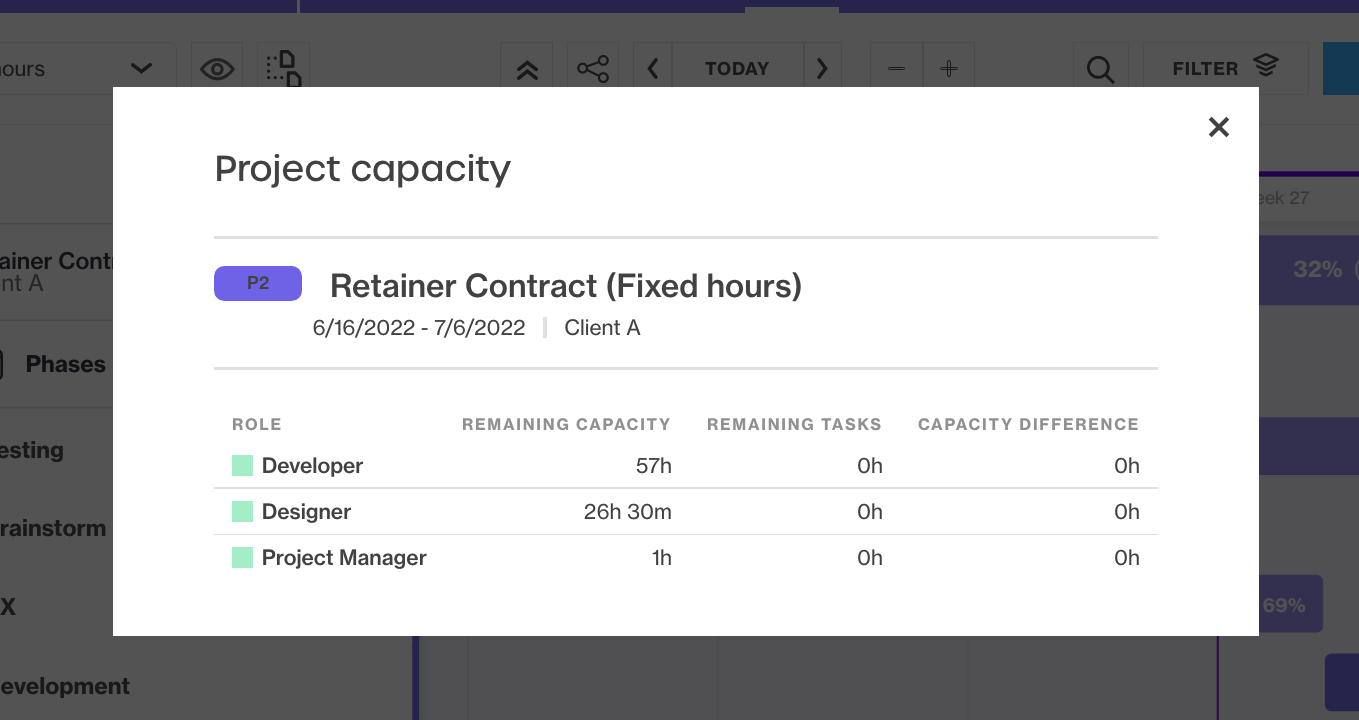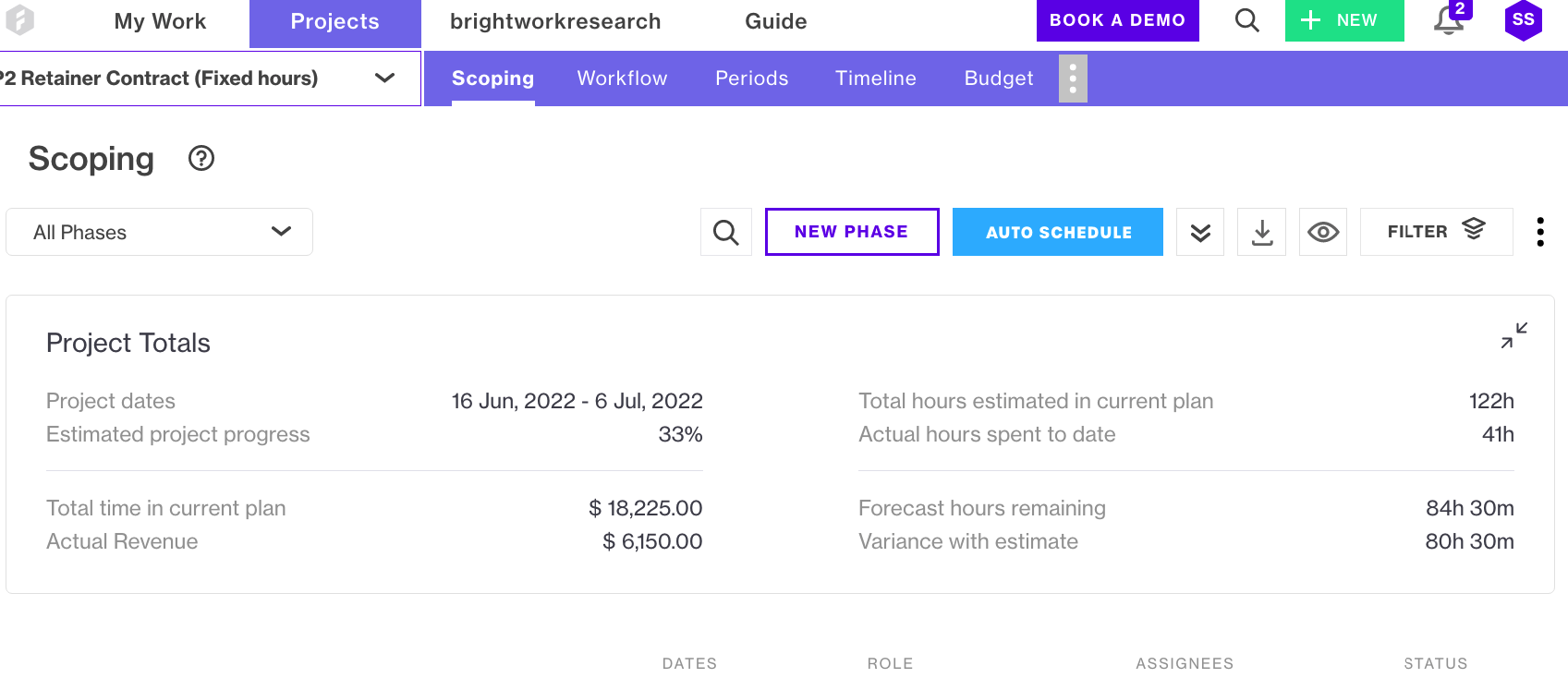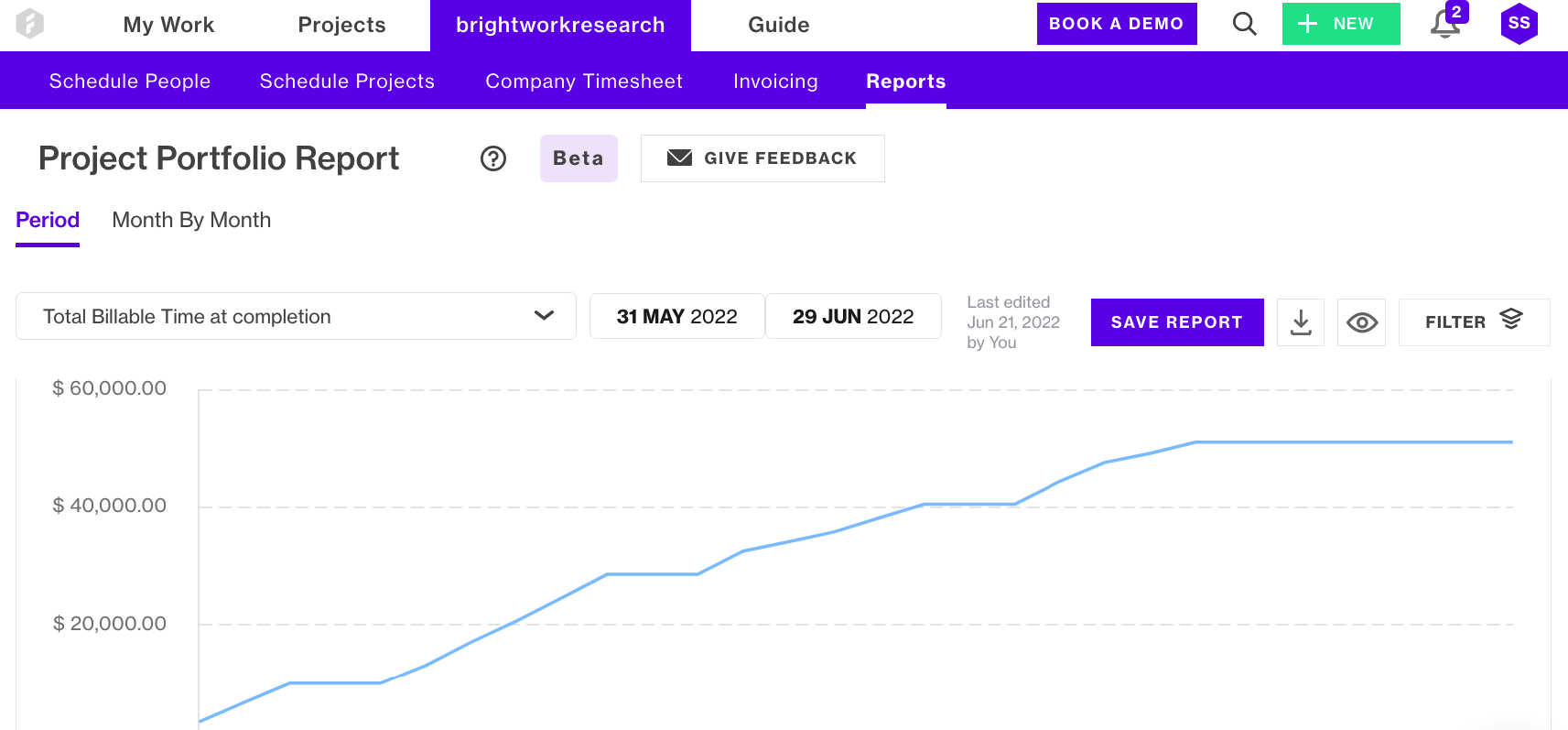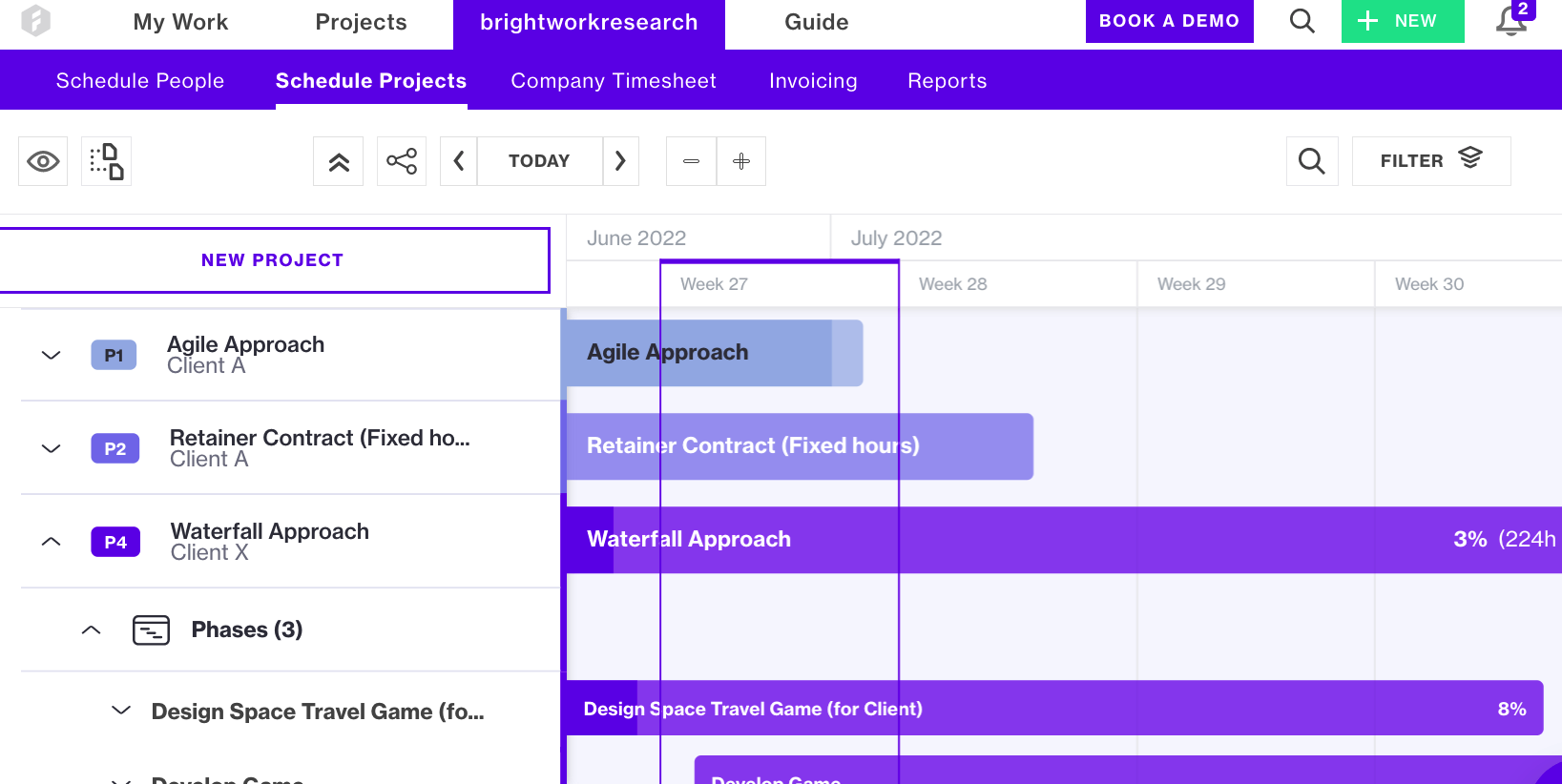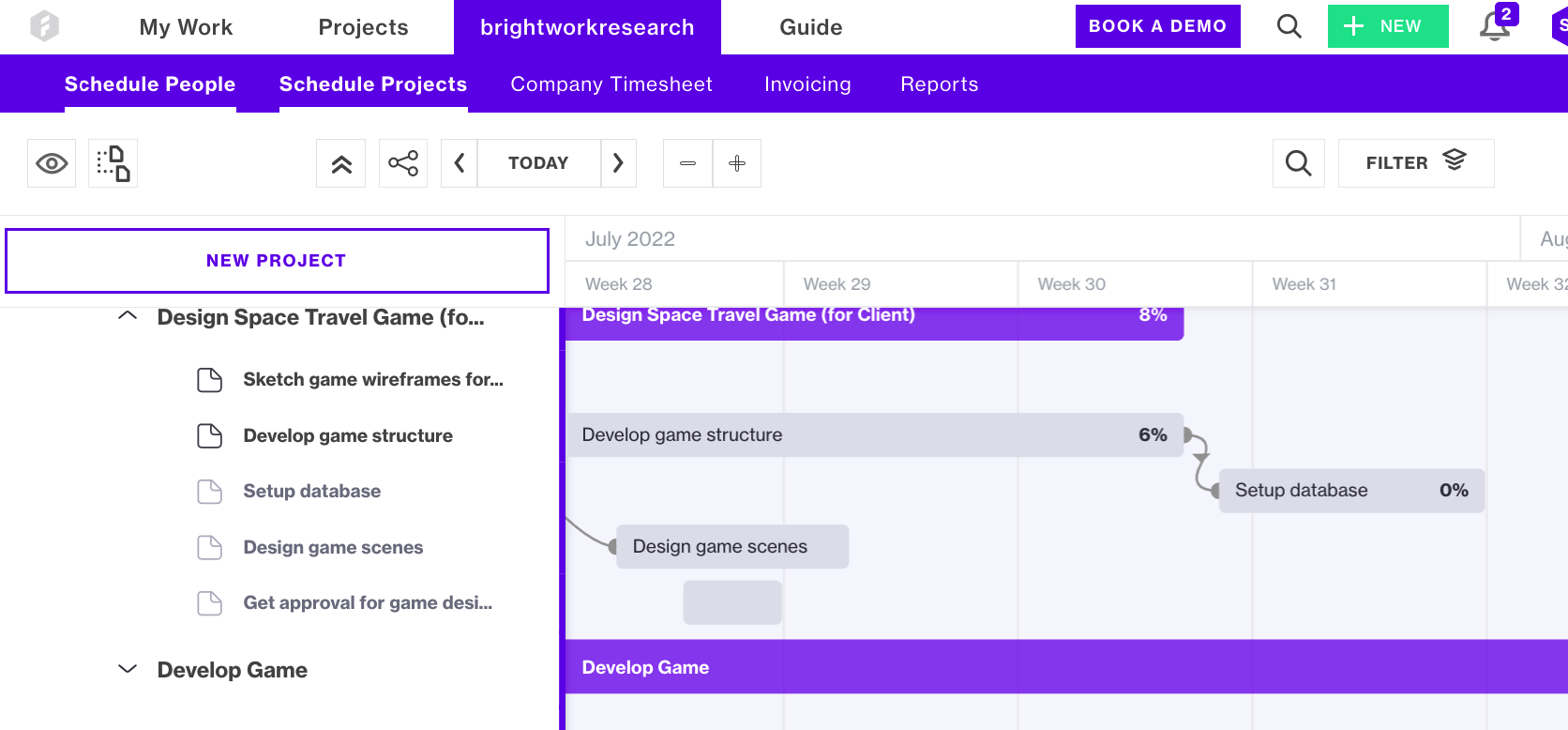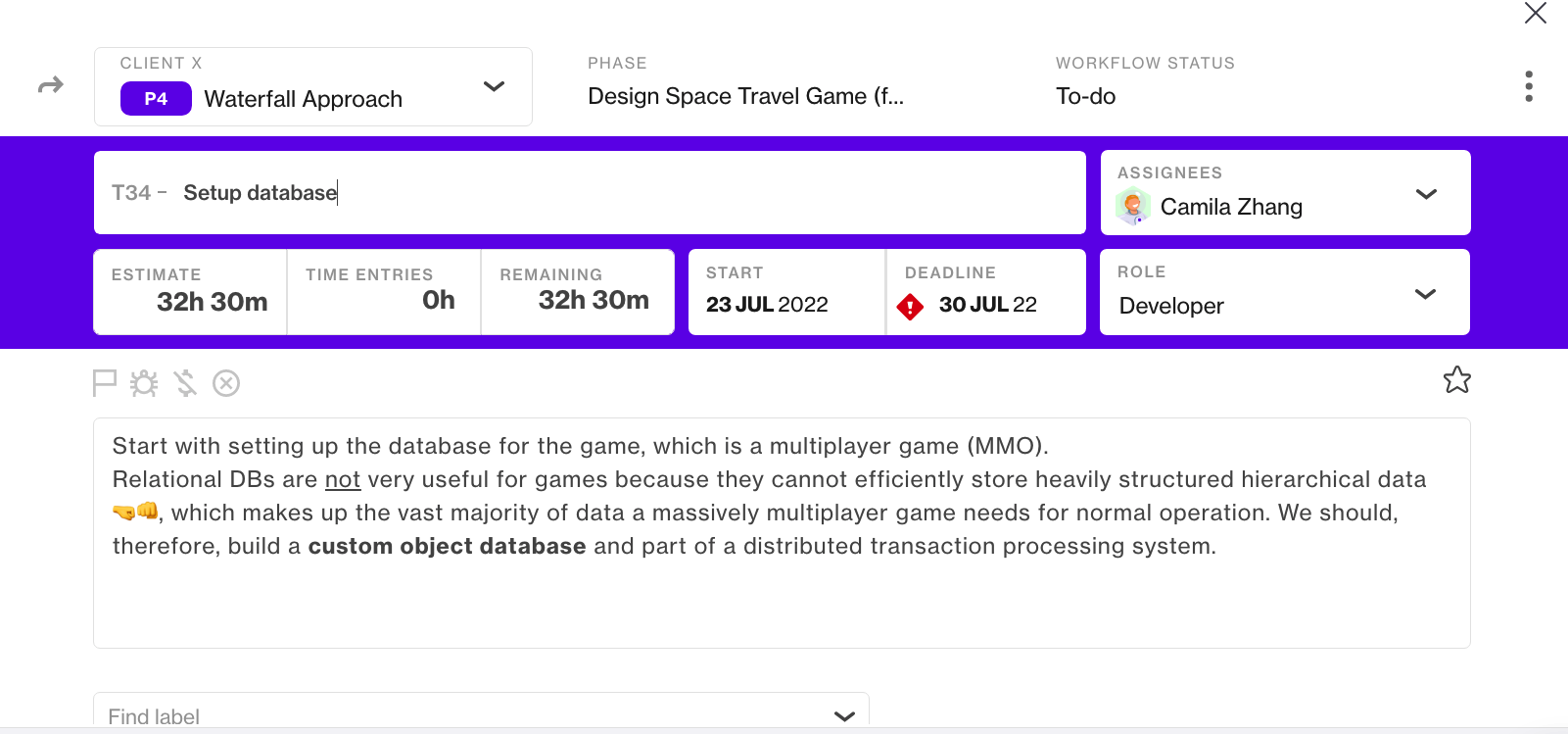Using Project Tracking and Reports in Forecast.IT
Executive Summary
- What do an ISV in project planning and tracking look like, and what are the advantages over project software in ERP systems?
Introduction
ERP systems present to prospects that they have effective project software. An excellent example of this is the well-known and widely used SAP Project Systems. Fundamentally, these types of systems are about combining project software with the manufacturing and procurement functionality in the ERP system. When Boeing plans a plane, that is set up as a project and not set up just as a material in the ERP system. Instead, it is set up as a project. This is referred to as the make-to-order manufacturing environment, which, as I cover in the article The Illusion of Moving to Make To Order, is considered so desirable because the sales order comes before the procurement orders are created.
The Reality of Project Software in ERP
However, the reality is that a lot of the functionality of project software is challenging to use and just out of date. And this is illustrated when compared to ISV options. Therefore, let us review some ISV software for project planning and tracking.
One of the strengths of this application is its standard reports.
This report shows work by one resource.
The detail on the resource is easy to see by selecting the line item.
Progress is easy to track in the system.
The options to do other actions are easy to find and very intuitive. Everything I was looking for seemed to be where I expected it.
The capacity pop-up is also intuitive.
Overview screens provide a quick understanding of projects.
This is the billable view.
All projects the user has access to can be seen in a simple list and can be drilled into. The timeline can also be incremented forward and backward very quickly.
A detailed view here of the tasks.
After selecting one task.
The Pricing
The pricing on this software is currently $600 per year or $50 per month. This is an excellent price because not many people use project software, which means that even a large company would not need that many licenses. Let us say there were 35 licenses used. That would come to $21,000 per year. That is just a small amount of consulting on something like SAP Project Systems. Just a few weeks of work. And this Forecst.IT application is easy to use. I had no problem figuring it out and did not read any help documentation. Such a thing is impossible with any of the project software I have seen in ERP systems. This means that the productivity provided to users is far higher.
There is naturally the matter of integration. Project functionality in ERP systems is already integrated into the material side. However, based on what ERP systems offer, that is not a very good trade-off. There is so much money left over from the far lower (predicted) consulting and maintenance costs and improved user efficiency, that integration can be easily covered. Essentially, the project work occurs in this ISV (or another, Brightwork Research & Analysis has no relationship with Forecast.IT, or any other vendor). The next step is the project is “released” and drives the manufacturing and procurement side, with production and procurement orders caused by the project dates. Projects must be free to work and have no impact on the ERP system’s transactions as projects are continually altered, often for many months. The objective is to only release the plan before the material/resource lead times can impact the plan. This is the same way supply chain planning works.
There is the question of the feedback loop to an ISV like this because there are production and procurement orders that can’t be scheduled when the project software stipulates they should be. For this reason, it makes sense to integrate with an available promise or ATP (or Global ATP – global ATP means the ability to look across sites and is a type fo multisite planning) engine (I cover the most extreme type of superplant planning in the book The Superplant Concept).
The Importance of Custom Developed ATP Engines
For those that have read previous articles on this website on ATP, I have yet to be impressed or find suitable ATP software either in ERP systems or in ISV. For this, we recommend custom development, as explained in the following article The APO ATP Booster Alternative to the GATP Rules-Based ATP Check. The external ATP engine reads the planned inventory and capacity from the ERP system and then runs through custom ATP rules, which inform the ISV project software. We believe this is a far more effective solution for the project requirement than using the combination of the project and ATP functionality in ERP systems. Furthermore, the custom ATP engine we propose also works for the average non-project inventory and production management.
Other Uses
The focus of this article has been on project software that drives manufacturing and procurement. However, Forecast.IT can be used for other types of projects as well. This includes project management and is connected to managing internal resources to the company and external or consulting and vendor resources. I see a large amount of irresponsible spending on both types of entities in companies. I sometimes wonder how much of this wasteful spending is due to a lack of visibility combined with a lack of understanding of what the resources that work for these two entities are doing. Software buyers have for decades relied upon consulting firms to manage their resources without realizing that many of the people in senior positions in these entities are not particularly good at resource management. I would prefer to use Forecast.IT over MS Project can see how it would make resources easier to manage.
How New Project Capability Could be Leveraged to Improve Software Implementation
When you hear about why projects go over budget, it is widespread to listen to experts point to things like “top executive support” and “select a good implementation firm,” however, what you do not hear pointed out is the project management tools that the software buyers are using.
I have proposed having the software buyers hire contractors or part-time specialists directly to bypass wasteful spending handed out to vendors and consulting firms.
Furthermore, there is an efficiency problem with MS Project as it is widespread for project managers to spend a significant amount of their time just managing the plan in the application. I have often seen highly unrealistic project plans. One reason is that rather than acquiring information from various sources to improve their inputs, the application itself consumes so much time.
Once a subscription is purchased for a user, there is no limit to the number of things the user can use it for. Software like this could be justified based on improving project systems type efficiency and on the other types of projects, tracking, costing, and control I just mentioned.
Conclusion
This was not meant to be a comprehensive review of Forecast.IT. However, after reviewing the ISVs in the project space, it is challenging to recommend the project functionality within ERP systems. Furthermore, the combination of using ERP project software with either the ATP functionality in ERP systems or other ISVs will cause the company using such a combination to miss out on a lot of capability.
